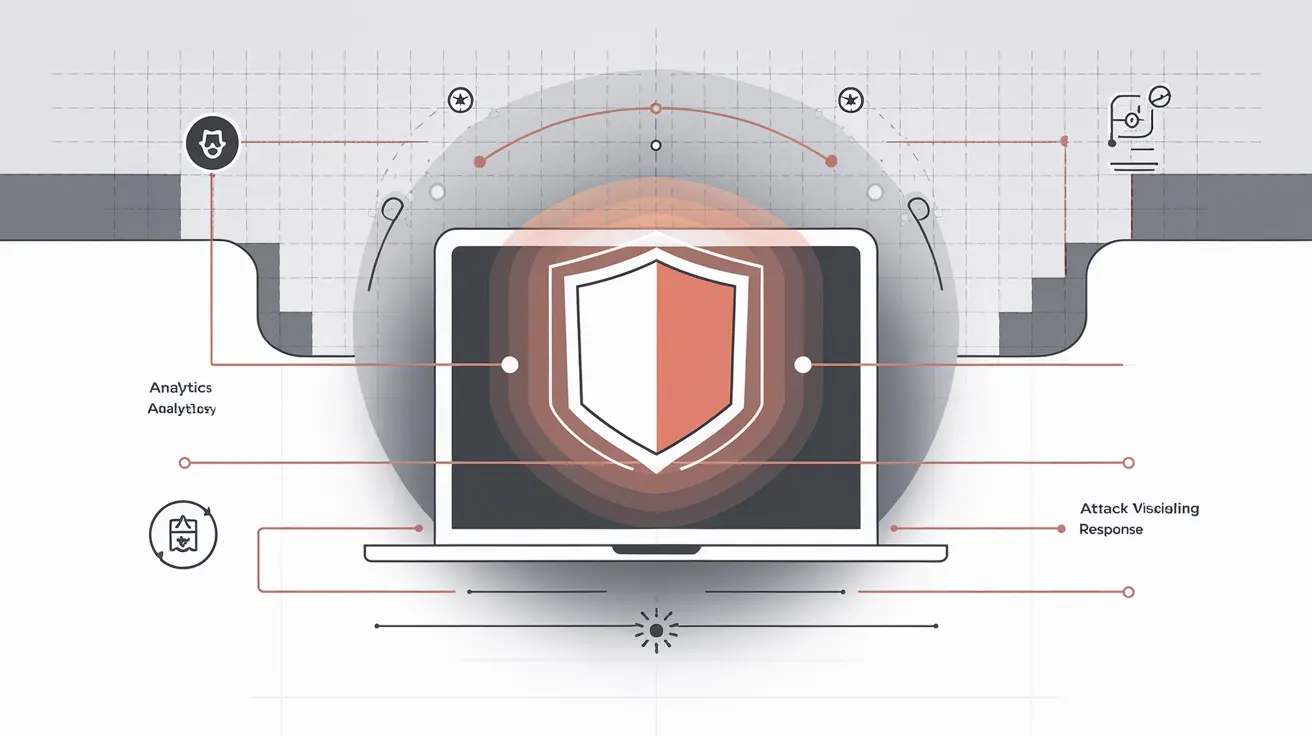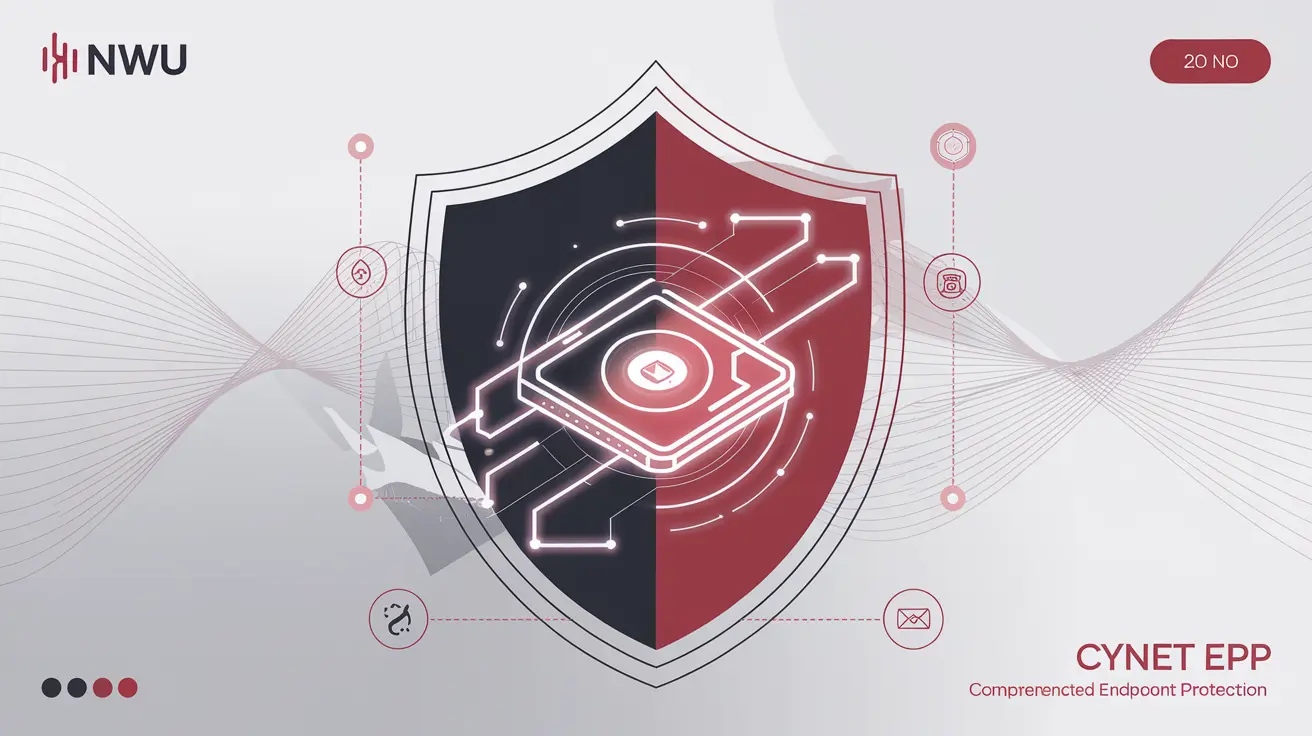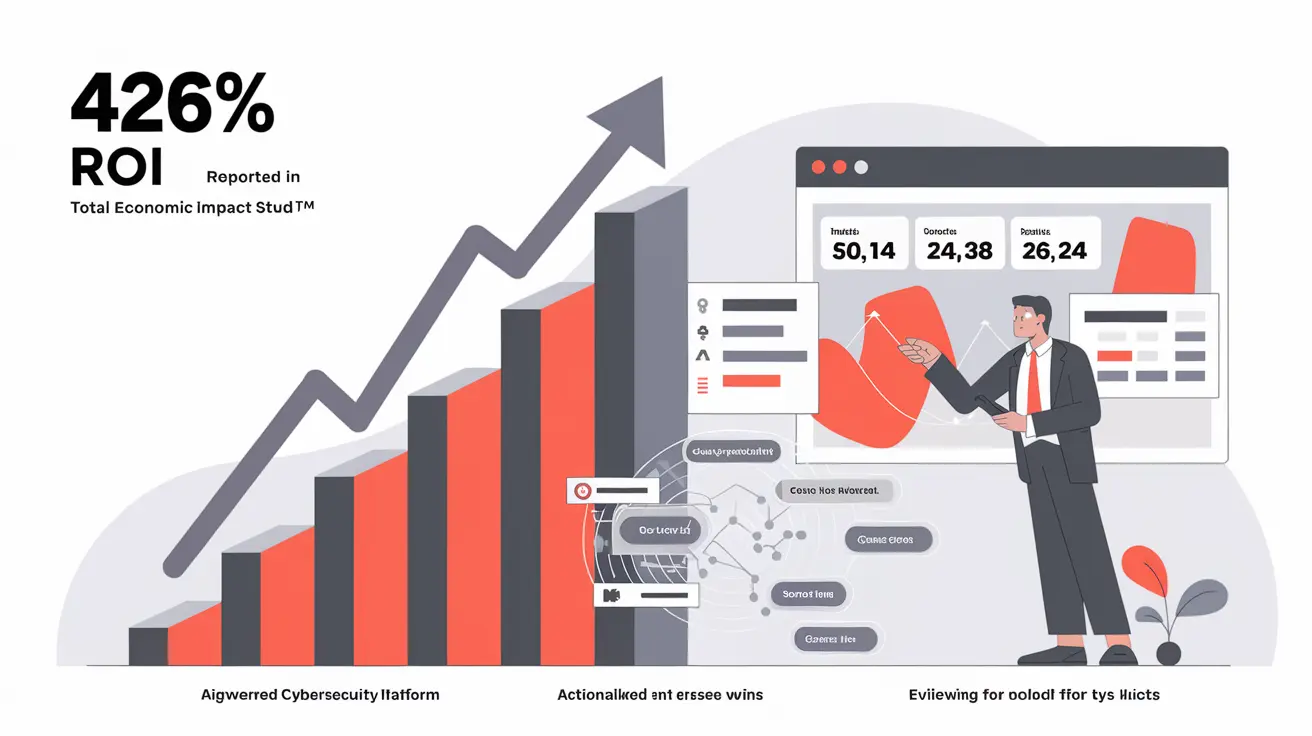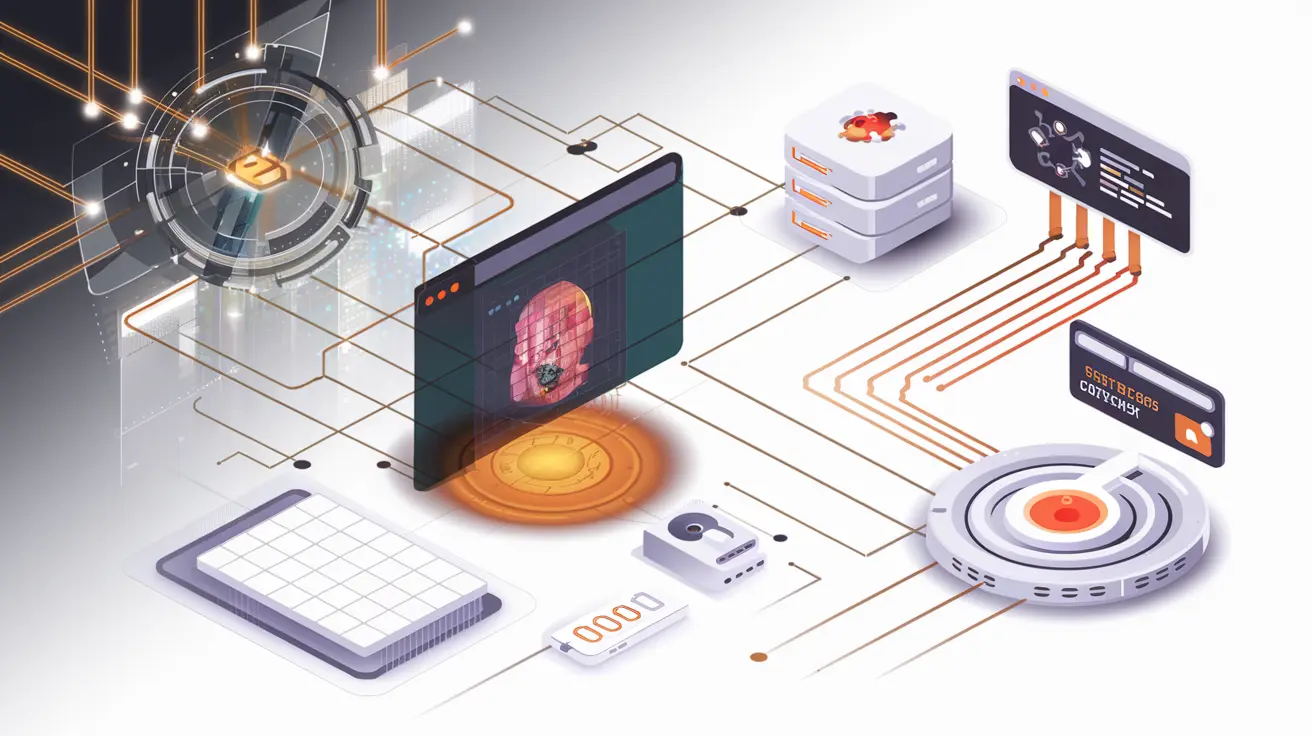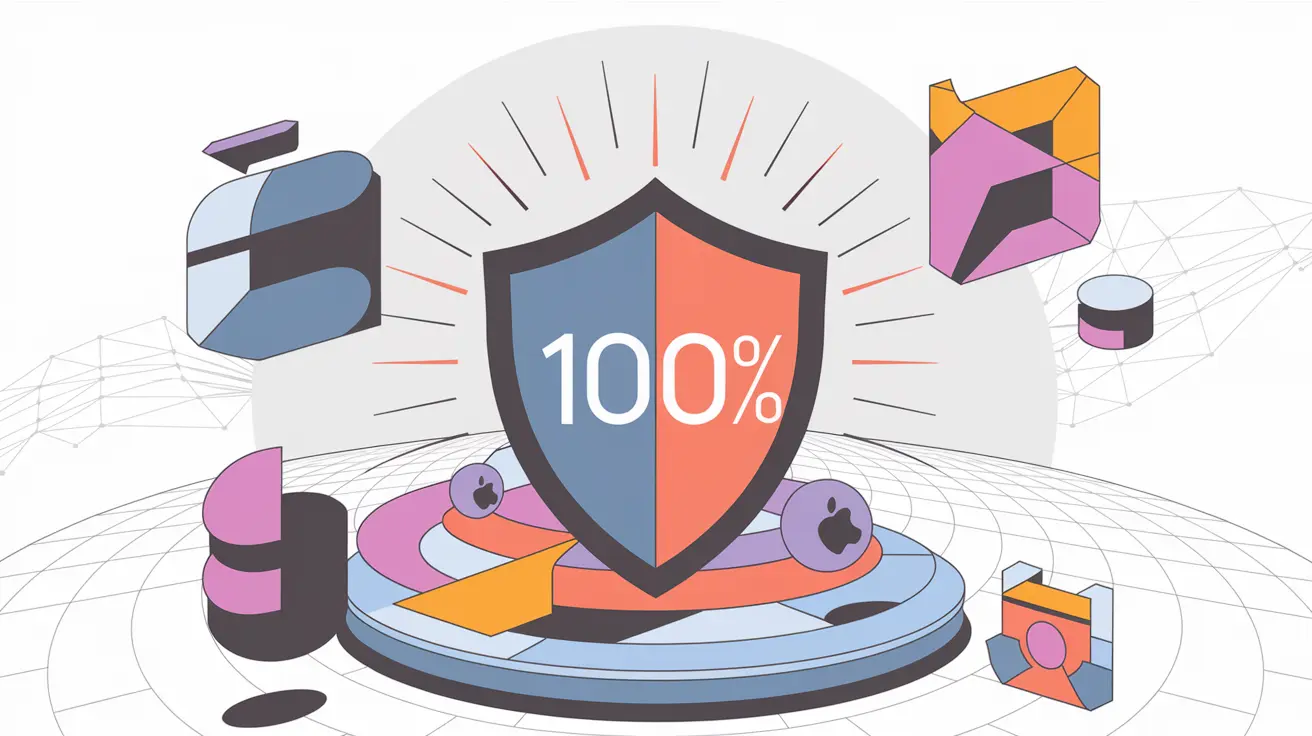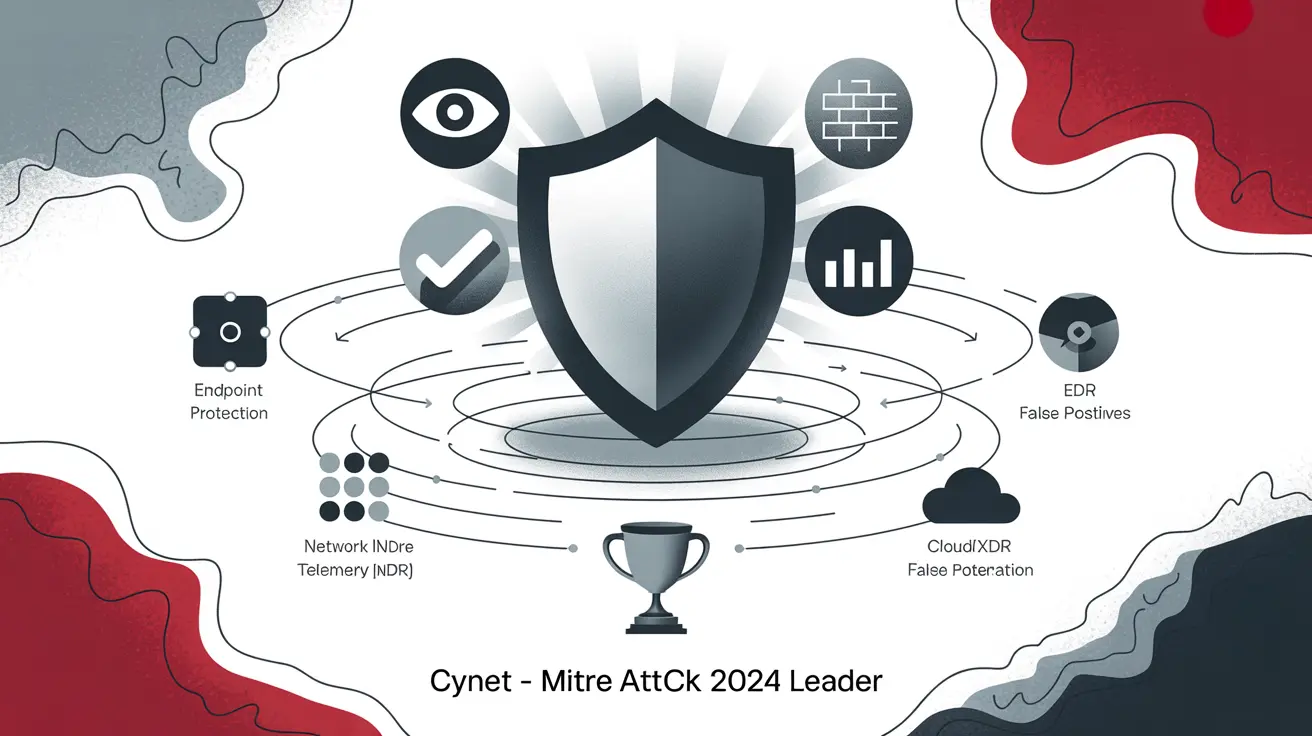
Sandbox in Cybersecurity: Why it’s Needed and How it’s Used with Cynet
In today’s digital landscape, where cyber threats are becoming increasingly sophisticated and numerous, protecting information systems is a top priority. One of the key components of a comprehensive cybersecurity system is virtual sandbox technology. But what is a sandbox in the context of cybersecurity, and how do Cynet solutions leverage this powerful technology to protect against the most dangerous threats?
What is a Sandbox in Cybersecurity
In simple terms, a sandbox utility is an isolated environment in which you can safely run and analyze suspicious files or applications without risking infection of the main system. Imagine having a separate, secure room where you can test a potentially dangerous item without fear of it harming the rest of the house.
How a Virtual Sandbox Works
When a suspicious file enters the system, instead of being launched directly in the main operating system, it is sent to a virtual sandbox. In this isolated environment, the file is launched and its behavior is carefully monitored. The sandbox logs all file actions, including:
- File system changes: Creating, deleting, or modifying files.
- Registry changes: Adding, deleting, or modifying registry keys.
- Network traffic: Attempts to connect to other computers or servers.
- System resource usage: Consumption of memory, processor time, and other resources.
By analyzing this data, the cybersecurity system can determine whether the file is malicious. If the file exhibits behavior typical of malware (e.g., attempts to connect to a command and control server, encrypt files, or inject into other processes), it is deemed dangerous and blocked.
Benefits of Using a Sandbox
Using a sandbox in cybersecurity provides several significant benefits:
- Detection of unknown threats: A virtual sandbox allows you to detect new, as-yet-unknown malware and exploits that are not identified by traditional signature-based antivirus programs.
- Deep malware analysis: The sandbox provides detailed information about the behavior of malware, allowing security analysts to better understand its functionality and develop effective protection methods.
- Prevention of main system infection: Since suspicious files are launched in an isolated environment, the risk of infecting the main system is reduced to zero.

Cynet Solutions and Sandbox Technology
Cynet is a recognized leader in cybersecurity, offering comprehensive solutions to protect against the most modern and sophisticated threats. Sandbox technology is an integral part of the Cynet 360 AutoXDR platform, providing multi-layered protection against malware, exploits, and other cyber threats.
How Cynet Uses a Sandbox
Cynet solutions use a sandbox for:
- Analyzing suspicious files: All files downloaded from the Internet, received by email, or from external media are automatically sent to the sandbox for analysis.
- Detecting zero-day vulnerabilities: The virtual sandbox allows you to detect zero-day vulnerabilities that have not yet been fixed by software developers.
- Analyzing targeted attacks: Cynet uses a sandbox antivirus to analyze complex targeted attacks aimed at specific organizations or individuals.
- Improving incident response effectiveness: The results of the analysis in the sandbox help security specialists respond quickly and effectively to identified incidents.
Benefits of Cynet’s Approach to the Sandbox
Cynet solutions offer a number of advantages when using sandbox technology:
- Automated analysis: Cynet automates the process of analyzing files in the sandbox, which significantly reduces the time to respond to threats.
- Integration with other platform components: The sandbox is integrated with other components of the Cynet 360 AutoXDR platform, such as EDR (Endpoint Detection and Response) and NDR (Network Detection and Response), providing comprehensive threat protection.
- High detection accuracy: Cynet uses advanced machine learning and behavioral analysis methods to improve the accuracy of malware detection in the sandbox.
- Contextual threat information: Cynet provides contextual information about threats detected in the sandbox, helping security professionals better understand the nature of the threat and take appropriate action.
Mistakes to Avoid When Using a Sandbox
Despite the effectiveness of sandbox technology, it is important to avoid common mistakes that can reduce its effectiveness:
- Ignoring the results of the analysis: Simply having a sandbox is not enough. It is important to carefully analyze the results provided by the virtual sandbox and take appropriate action.
- Incorrect configuration: Incorrect configuration of the sandbox can lead to false positive or false negative results.
- Lack of integration with other security systems: The sandbox should be integrated with other security systems to provide comprehensive protection.
How to Choose the Right Solution with a Sandbox
When choosing a solution with a sandbox, consider the following factors:
- Detection efficiency: Make sure the solution effectively detects both known and unknown threats.
- Ease of use: The solution should be easy to use and not require special knowledge to configure and manage.
- Integration with other security systems: Make sure the solution integrates with other security systems used in your organization.
- Cost: Compare the cost of different solutions and choose the one that fits your budget.
Ultimately, a sandbox utility is a powerful tool in the cybersecurity arsenal, allowing organizations to effectively defend against modern threats. Cynet solutions, which integrate a virtual sandbox, provide comprehensive protection, automated analysis, and contextual threat information, helping security professionals respond quickly and effectively to incidents.
For more information about Cynet solutions and how sandbox technology can protect your organization, please contact us.
FAQ: Virtual Sandbox - Reliable Cyber Protection from Cynet
-
What is a Sandbox in Cybersecurity?
A sandbox is an isolated environment where suspicious files or applications can be safely run and analyzed without risking infection of the main system. It's like a safe room for testing potentially dangerous objects. -
How does a Virtual Sandbox work?
The suspicious file is launched in an isolated environment where its behavior is monitored: changes to the file system and registry, network traffic, and use of system resources. Based on the analysis of this data, it is determined whether the file is malicious. -
What are the benefits of using a Sandbox in Cybersecurity?
A sandbox enables the detection of previously unknown threats, allows for in-depth analysis of malware, and prevents infection of the main system, as suspicious files are run in an isolated environment. -
How does Cynet use Sandbox technology?
Cynet uses a sandbox to analyze suspicious files, detect zero-day vulnerabilities, analyze targeted attacks, and improve the effectiveness of incident response. -
What are the advantages of Cynet's approach to Sandboxing?
Cynet's advantages include automated analysis, integration with other platform components, high detection accuracy, and the provision of contextual information about threats. -
What mistakes should be avoided when using a Sandbox?
It's important not to ignore the analysis results, to configure the sandbox correctly, and to integrate it with other security systems to ensure comprehensive protection. -
What factors should be considered when choosing a Sandbox solution?
It is necessary to consider the effectiveness of threat detection, ease of use, integration with other security systems, and the cost of the solution. -
What happens to a file deemed malicious in the Sandbox?
A file that is deemed malicious is blocked to prevent infection of the main system. The security system may also take additional measures to eliminate the threat. -
Why can't traditional antivirus programs always detect modern threats?
Traditional antivirus programs rely on signatures of known threats. A sandbox allows the detection of new, yet unknown malicious programs and exploits that are not detected by traditional antivirus programs. -
What is a Zero-Day Vulnerability, and how does a Sandbox help detect it?
A zero-day vulnerability is a vulnerability in software that has not yet been patched by the developers. A sandbox allows you to detect atypical behavior exploiting such vulnerabilities before a fix is released.
